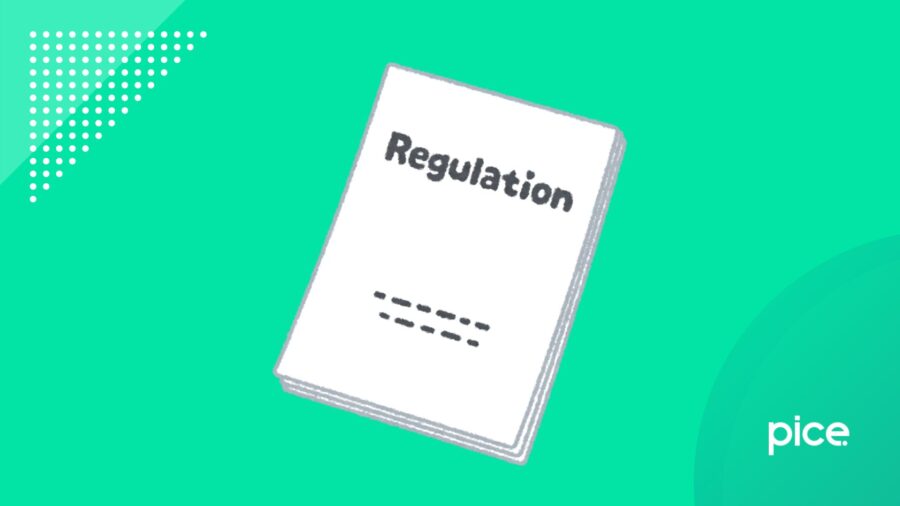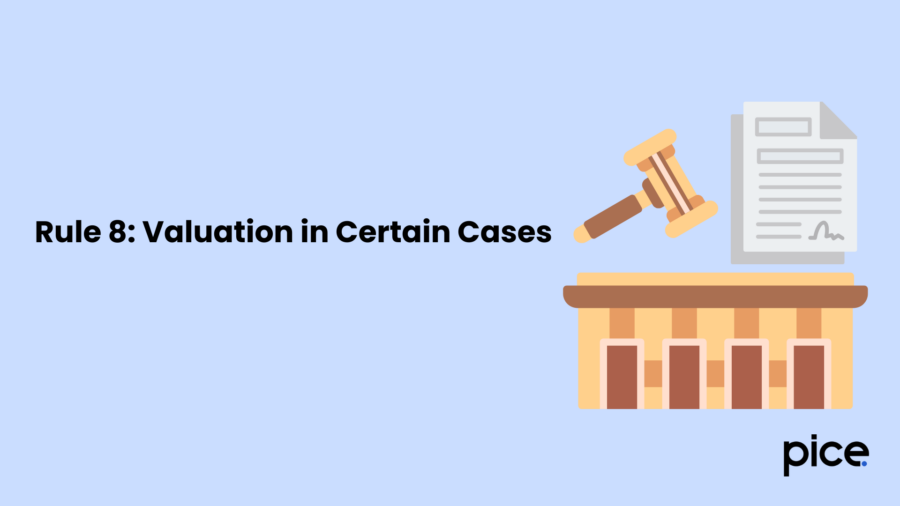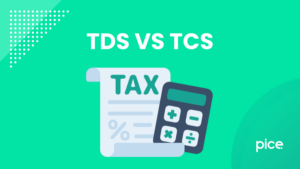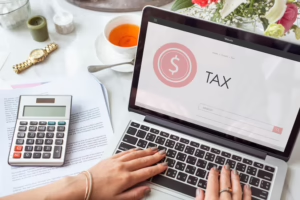GST Registration Rules and Regulation of Supply Valuation
- 22 Apr 25
- 11 mins

GST Registration Rules and Regulation of Supply Valuation
- Rule 1: Short Title, Commencement and Application
- Rule 2: Definition
- Rule 3: Methods of Determination of Value
- Rule 4: Determination of Value of Supply by Comparison
- Rule 5: Computed Value Method
- Rule 6: Residual Method
- Rule 7: Rejection of Declared Value
- Rule 8: Valuation in Certain Cases
- Process to Determine Supply Valuation
- Conclusion
Key Takeaways
- GST valuation primarily relies on "transaction value," unless specifically disputed.
- If transaction value can't be used, valuation follows comparison, computed, and residual methods sequentially.
- Declared values can be rejected if discrepancies arise, requiring documentation and clarification by suppliers.
- Expenses incurred by a pure agent on behalf of clients must be separately invoiced and excluded from taxable value.
- Foreign currency exchange values under GST follow RBI reference rates or default to a 1% benchmark rule.
Goods and Services Tax registration is essential for businesses supplying goods or services or both, with a certain aggregate annual turnover threshold. Besides the exempted categories and thresholds, there are certain GST registration rules and regulations that help determine the value of the supply of goods and services.
Explore the rules in detail for accurate supply value determination for an unregistered as well as registered person.
Rule 1: Short Title, Commencement and Application

Here is the first set of rules for the supply of goods and services under the CGST/SGST/IGST Act (Central Goods and Services Tax/State Goods and Services Tax/Integrated Goods and Services Tax Act):
● These rules are often called GST Valuation Rules, 2016 as they help determine the value of the supply of goods and services.
● The rules have been enforced on the same day as the Act.
● These rules apply to inter-state supplies and intra-state supplies under IGST/SGST/CGST.
Rule 2: Definition
Here are the guidelines of Rule 2 under GST:
● ‘Act’ refers to CGST, IGST or SGST Act as applicable.
● 'Goods of like kind and quality' refers to goods similar to each other in physical appearance, functions, quality and reputation and hence are interchangeable by the supplier of goods.
● ‘Services of like kind and quality’ refers to similar services based on nature, reputation or quality that serve the same purpose for suppliers and purchasers.
● ‘Transaction value’ refers to the value of goods and services under Section 17 of the CGST/SGST/IGST Act.
● Specific words, expressions or terms that are not defined in the concerned rules have the same meaning as mentioned in the Act.
Rule 3: Methods of Determination of Value
Here are the rules to determine the method of evaluating the value of supply of goods:
● The value of goods and services supplied is the transaction value subject to Rule 7.
● Transaction value indicates the monetary value of the goods or services supplied.
● If a supply includes both taxable and non-taxable supply, the taxable supply will be considered under GST.
● Even if the supplier and purchaser are related, the transaction value needs to be accepted provided the relationship does not affect the price.
● If goods are transferred from one place to another, from principal to agent or agent to principal in the same or different states, the value of supply is the transaction value.
● The value of supplies in Section 17(4) needs to be determined by sequential proceeds through Rules 4 to 6.
Rule 4: Determination of Value of Supply by Comparison

Here are the rules to determine the value of supply by comparing it with other aspects:
● If you cannot determine the value of supply under Rule 3, you need to determine the value based on the transaction value of similar goods or services supplied to other customers, adjusted with provisions of sub-rule (2).
● To determine the value of goods and services under sub-rule (1), the proper officer needs to consider the differences in supply dates, differences in quantity and commercial levels, differences in composition, design and quality between two goods or services that are being compared and difference in insurance and freight charges based on the place of supply.
Rule 5: Computed Value Method
If the value of goods and services supplied cannot be determined under Rule 4, you need to use the computed value method. The following are the rules for the computed value method:
● The cost of production, processing, manufacturing of goods and cost of provision of services needs to be considered.
● You need to consider the charge applicable, if any, for the brand or design.
● The amount of profit and general expenses that the business usually earns or incurs for similar goods or services need to be considered in relation to suppliers made by other suppliers.
Rule 6: Residual Method
Here are the rules to follow the residual method:
● This alternative method needs to be adopted when all other methods fail to provide the value of the supply of goods and services.
● If you cannot determine the value of goods and services under Rule 5 provisions, you need to use the general provisions in the residual method.
Rule 7: Rejection of Declared Value
Here are the instances when the declared value is rejected:
● When the proper officer doubts the accuracy of the values of the supplied goods and services, he might ask for evidence from the supplier. As and when required, you need to present the documents and information asked by the GST authorities. In such a scenario, if there is a mismatch in the documents, the value of goods is determined based on the provisions of sub-rule (1) of rule 3.
● The reason for doubt about accuracy might include a higher value of goods and services compared to similar quality goods and services, lower or higher value of goods and services compared to the market prices, mismatch in the declaration of the value of goods and services supplied such as mismatch in quantity, quality, manufacturing year or description.
● A proper officer informs the supplier about the doubts and the reasons for doubting the accuracy of goods and service supply value. Further, the supplier has the right to be heard before the proper officer decides sub-rule (1).
● If the proper officer is not satisfied with the reason provided by the supplier, then the provisions of Rule 4 or Rule 5 or Rule 6 apply.
Rule 8: Valuation in Certain Cases

The following rules apply in the case of a pure agent:
● The costs and expenditures that service providers incur as a pure agent of the recipient of services need to be excluded from the value of taxable supplies or services. However, the following conditions should be met:
- The concerned service provider is a pure agent of the recipient of service when he/she makes third-party payment for the procured goods/services.
- Recipients of service use the goods and services that the service provider procures as a pure agent of the recipient.
- The recipient of the service needs to pay the necessary amount to the third party.
- Recipients of service can authorise the service provider to pay on their behalf.
- The service recipient is aware that he/she will receive goods or services from a third party, for the payments they make.
- This payment by the service provider on the recipient’s behalf needs to be mentioned in a separate invoice that the service provider issues to the recipient.
- The service provider can recover the amount from recipients that he/she pays to this party.
- The goods and services that the service provider procures from the third party are in addition to the service provider's own goods and service supplies.
Notably, a pure agent is a person who works on a contractual basis with the service recipient, wherein the pure agent can incur costs on taxable services on behalf of the recipient; neither the pure agent nor the recipient holds any title of goods and services procured; the pure agent does not use the procured goods and services; this agent receives the actual amount from recipients based on the value of procured goods or services.
The following are the rules applicable to money changers:
● This includes the purchase and sale of foreign currency and money exchange.
● The value of a currency when exchanged from an Indian Rupee will be the difference in currencies multiplied by the number of units, on a particular day as given by the Reserve Bank of India (RBI).
● If the RBI reference rate is unavailable, 1% of the gross amount of Indian Rupees needs to be considered for exchange. However, this is subject to the provision that the value is equal to 1% or less of the two concerned amounts of currency conversion at the RBI reference rate.
Process to Determine Supply Valuation

You need to follow the steps below to determine the supply valuation:
Step 1: You need to identify the applicable Act under GST such as IGST, CGST or SGST.
Step 2: Identify if your supply includes taxable and non-taxable supplies. If you find both these types included, determine the monetary consideration attributable to the taxable supply.
Step 3: Ensure to check if there is a relationship between the supplier and the recipient. If yes, ensure to clarify that the relationship does not affect the price of goods and services supplied.
Step 4: If you cannot determine the value of supply using Rule 3, you need to use Rule 4 and the comparison method.
Step 5: If you cannot determine the value using Rule 4, you need to use Rule 5 and the computed value method.
Step 6: In case you cannot determine the value of supply using Rule 5, you should follow Rule 6 or the residual method.
Step 7: In case the proper officer rejects the declared value under Rule 7, ensure you furnish the relevant documents and accurate information.
Step 8: Based on the proper officer's satisfaction or doubt of the supply value, he/she shall inform you further about the accuracy of information before determining the value of the supply of goods and services.
Conclusion
GST registration rules and regulations significantly help determine the value of the supply of goods or services or both. Usually, the transaction value in monetary terms is the value of supplies of goods and services.
However, if you are unable to determine the value of supplied goods and services using the transaction value, you need to follow Rules 3, 4, 5 and 6 in sequential order, to determine the value of supplies. In case you are unable to determine, the proper officer under the GST system, determines the value under the provisions of Rule 7.
💡If you want to streamline your payment and make GST payments via credit or debit card or UPI, consider using the PICE App. Explore the PICE App today and take your business to new heights.
 By
By 

















